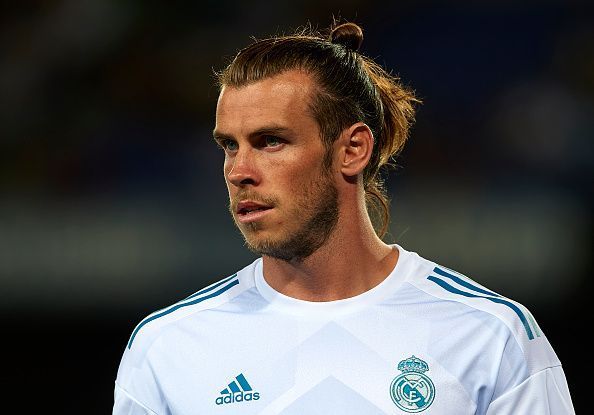
Why the best of Gareth Bale has come and gone
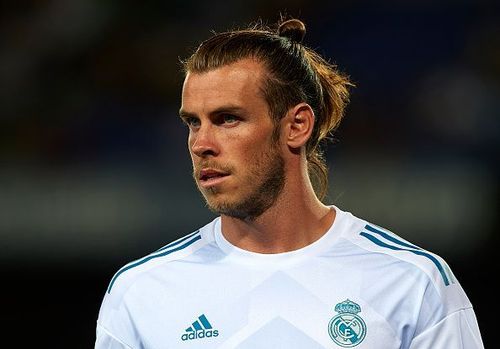
Since arriving at Real Madrid as a world-record signing in the summer of 2013, Gareth Bale has sustained over 20 injuries. Varying in terms of severity, they have collectively kept him out of action for a significant amount of time.
His latest setback has increased speculation that he will soon be on his way out of the Santiago Bernabeu as the Spanish giants look to recoup some of their massive investment before it's too late. However, while a return to the Premier League is a natural assumption, it is becoming clear that we have already seen the best of Gareth Bale for both club and country.
Bale turned 28 earlier this year, and in terms of his profession, he is therefore considered to be at his peak. But the generalisation does not take into account the increasing number of injuries that he continues to suffer, and the nature of Bale's athletic wide play means that he peaked much earlier than most of his peers.
His game has been built upon his power and speed, but the intensity of his training required to maximise these crucial elements of his game has clearly taken its toll on the Welsh talisman. His style of play puts him at a significant injury risk, and the fact that he continues to suffer in the relatively half-paced world of La Liga only adds to the long-term concern.
The reinvention and inspiration of Giggs
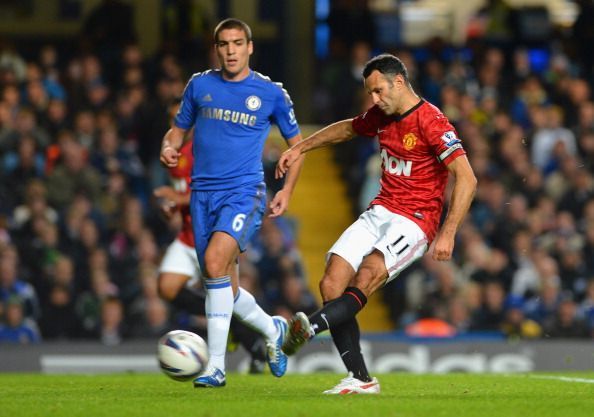
Ryan Giggs was a hero of Gareth Bale's growing up. A left-sided star of the Welsh national team, it was only natural that Bale would see similarities in himself as his own game developed. However, Giggs only managed to obtain career longevity by changing his training programme and adjusting his lifestyle in order to prevent the continuing hamstring struggles that caused him to lose so much game time.
Giggs also had to forsake his maximum sprinting on the wing and became more of a central figure in the Manchester United midfield. It was a switch made out of necessity, and he was a player who had the footballing ability to effectively make such a positional change and with it, continue to play at the very highest level as a direct result.
The Premier League has played its part
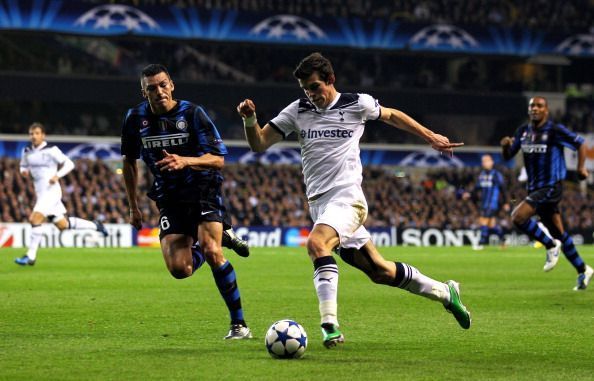
It is a path that Bale may already have to follow in order extend his career at the top level. The demands of the Premier League are very different to those in La Liga, and the pace and intensity of the English top-flight would serve only to have a negative effect on his fitness. Wales manager Chris Coleman has publicly expressed his preference for Bale to continue playing in Spain, and he appreciates the difference between the two leagues.
At the present time, Bale does not have the physical capability to have the same impact that he had at Spurs prior to his move to Madrid. It was during his time at White Hart Lane that Bale came to international prominence, with his performances against Inter Milan in the UEFA Champions League proving to be a defining career moment.
Real Madrid redemption
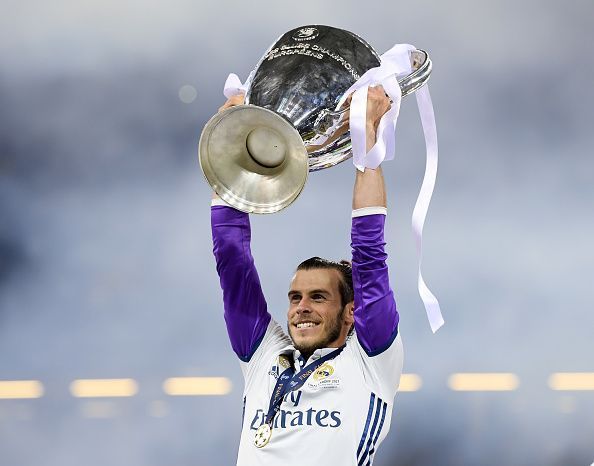
But there are supporters of Gareth Bale within the Spanish press, and it has been documented that Real Madrid's recent failings are due to the injury of the Welshman. They put across a strong argument to challenge those that have turned on Bale, but one of the more concerning factors is that this is based on Bale returning as the same player he was at least one year ago.
However, Bale will not want to see his time at Real Madrid end with questions hanging over how he will remembered in the Spanish capital. He arrived as a world-record signing, and such status carries a significant weight of expectancy. He is a character built to produce and will want to alter the negative opinions currently circulating over his contribution before he departs.
In addition, he will struggle to reproduce his best form should he return to the Premier League. The league is far more intense, and his body is no longer conditioned for such demands. Should he return to the English top-flight, it would be a step up in overall quality and demand at a time when his career appears to be balancing on the edge of decline.
Injuries have taken their toll, and he has been left psychologically damaged by the frustration of being denied the opportunity to shine on the very biggest stage as Madrid look to retain their Champions League crown yet again. Meanwhile, it is becoming more and more apparent that Wales have also seen the best of Gareth Bale.
A Dragon with passion
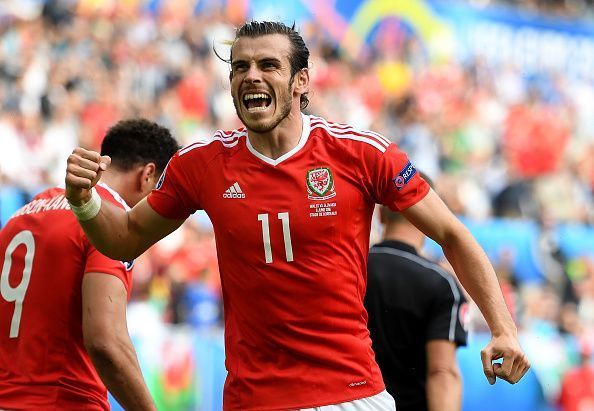
A key figure in Chris Coleman's side qualifying for EURO 2016, Bale thrived throughout the campaign and made a big impact as the headline figure from the time the team arrived in France to the time they left following the semi-final defeat. But things changed for Bale during the last qualifying campaign, and even when he wasn't injured, his impact was still not as obvious.
His presence is a natural concern for the opposition, but it was a fear unfounded, and he often looked a shadow of the talismanic figure that had made history for Wales the year before. However, Bale remains the talismanic figure for Wales, and with such a passion for playing for his country, it may be time for him to primarily concentrate on his international career instead.
Now 28 and having already missed out on an appearance at the next World Cup, Bale has one more major tournament at his peak left in him. Wales will be expected to qualify for EURO 2020, and it may be Bale's best chance to regain the recognition of being considered as one of the best players in the world.
It is a title that has now slipped away considerably when it was once well within his grasp, and while he may never again reach those heights again, he will remain a pivotal figure for Wales regardless of his club career.
Gareth Bale will go down as one of the greatest footballers in Welsh football history, maybe even as the very best, but it appears the very best of his game has already been seen.